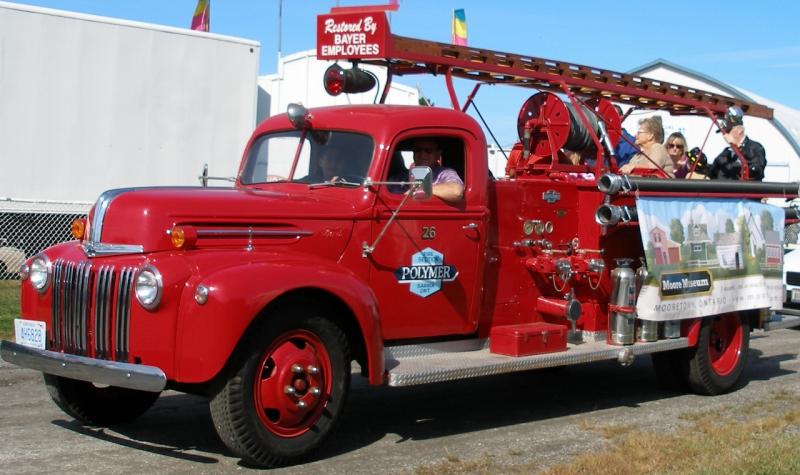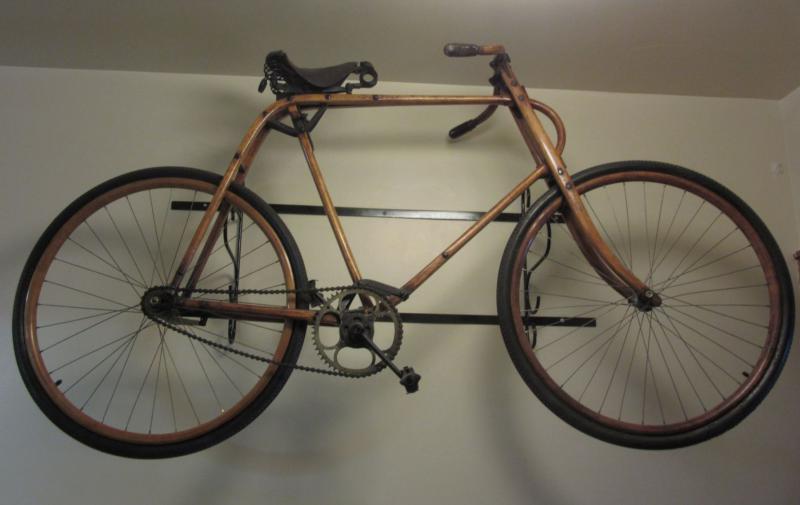Dominion Reed Organ
This Dominion 2-manual reed organ was purchased by the congregation of Mount Zion Presbyterian Church in Ridgetown for their 2-year old building in the year 1881. It was tuned in the factory on Jan. 17, 1881 before being shipped from Bowmanville by train to Ridgetown.
In 1899, Mt. Zion Church no longer needed their reed organ because they had decided to install a new Karn-Warren pipe organ in conjunction with a major renovation of the interior and exterior of its church building and the organ was sold to St. Andrew’s Presbyterian Church, Mooretown for $100. It was used by that congregation until about the mid to late 1950s.The organ was loaned in 1964 to the Oil Museum in Oil Springs and when Moore Museum opened in 1975, St. Andrew’s Church Mooretown made the decision to donate the organ to Moore Museum.
The organ was restored in 2015/16 by volunteer Rodney Jantzi and, 135 years to the day from its original factory tuning, on Jan. 17, 2016, the restored organ, mostly silent for nearly six decades, was tuned in Rodney Jantzi’s shop in Baden, Ont. before being returned to Moore Museum.
The audio clip above features the first piece played on the organ after it arrived on Tues. Feb. 9, 2016 and was placed in the Trinity St. Clair Chapel for the first time.
1946 Fire Truck and the History of Polymer Corporation

Two weeks after the attack on Pearl Harbor, Canadian Prime Minister Mackenzie King met with President Roosevelt of the United States and Prime Minister Churchill of Great Britain, in Washington. They discussed the possible loss of their natural rubber supply and how they could get a supply of sufficient synthetic rubber for the war effort.
The Baruch Report of 1942 stated:
“Of all critical and strategic materials, rubber is the one the lack of which presents the greatest threat to the success of the Allied cause. If we fail to secure quickly a large new rubber supply, our war effort and our domestic economy both will collapse; thus the rubber situation gives rise to our most critical problem.”
The Polymer Project was ranked second in importance only to the Manhattan Project.
In February of 1942, Singapore fell to Japan with the loss of approximately 90% of the world’s natural rubber. The Polymer Corporation was formed on February 13, 1942.
Only 14 months after ground was broken, Polymer Corporation was operating and the plant produced its first synthetic polymer in September of 1943. By the middle of 1944, the plant was producing rubber at its design capacity. Polymer supplied more than 40,000 tons of synthetic rubber per year to the war effort.
Canadian Synthetic Rubber Limited operated Polymer until 1951 when Polymer assumed operation December 31, 1951. Polymer Corporation was sold to the Canadian Development Corporation in 1971. In 1973, Polymer Corporation Limited was changed to Polysar Limited.
In 1986, Polysar won the Canadian Engineering Achievement Award. It was one of 10 engineering achievements to win the award. The 10 were picked from 110 for outstanding Canadian achievements of the previous 100 years.
Polysar was featured on the back of the ten dollar bill from 1971 to 1988.
In September 1988, Nova Corporation purchased Polysar which sold it to Bayer AG in October 1990.
Bayer AG. bought Miles Inc. in January 1992 and changed the U.S. and Canada holdings to Miles Inc. In 1994, Bayer AG reacquired the Bayer trademark for the U.S. and Canada and all of the holdings became Bayer Inc. Bayer’s rubber division, including Polysar, later became LANXESS.
This fire truck was purchased in 1946 by the Polymer Corporation. It was maintained by volunteer company employees. In 2013, the fire truck was donated to the Moore Museum.
1969 Steadman Brothers Ambulance

For many years, the Steadman Brothers funeral home in Brigden was involved in providing ambulance services in their community. One of the vehicles used in Brigden in now on display at Moore Museum. This ambulance is a 1969 Ford “Chateau Wagon”, still stocked with medical equipment. Due to their large interior volume these were popular vehicles for ambulance conversions, but today only two remain, this one and one on display at the Canadian Transportation Museum in Essex.
In an interview with Andy Steadman in 2009, he related the following history of Steadmans’ “Chateau Wagon” ambulance. The vehicle was purchased in 1969 from Dean Core, who ran the Ford Motor garage in Brigden. It was then converted into an ambulance by Lyle Steadman and his brother Paul, along with Ronald Krohn. It was black with a white roof and gold lettering displaying the Steadman name on the side. The ambulance service was managed by Steadman Brothers Funeral Home, like the majority of ambulance services in Ontario which were run by private operators, who were part of an association called the Ontario Ambulance Operators Association (OAOA).
In the late 1960s, the Ontario Hospital Services Commission (now the Ministry of Health) announced new standards and qualifications for owners who wanted to keep running their services. Dr. Norman McNally, then Director of the Emergency Health Services Division of the Hospital Commission set out to standardize training levels among ambulance attendants and to improve vehicles and equipment. The goal was to standardize vehicles, equipment, training and funding from the Ministry of Health.
In response to these new rules, most funeral homes gave up operating ambulance services at that time, but Paul, Lyle and Ron decided to maintain their services. In order to do so, they had to take an ambulance training course conducted by the army at the Canadian Forces Base in Borden, northwest of Barrie.
In 1975, Steadmans’ ambulance was taken to London where it was painted white and blue because the Ministry of Health wanted uniformity between operators. When the newer ambulances were changed to the orange and white colour you see today, the white and blue one was run as a spare unit until 1982.
The Brigden and District Ambulance Service was purchased by Andy and David Steadman in 1987 and in 1989 Andy started a new ambulance service in Corunna called “Parkway Ambulance Service”. It was operated out of the Corunna Fire Hall until Andy built a new station in 1990 on Baird Street in Corunna. In December 2000, Andy, David and Tony Steadman sold both ambulance services and all the employees were transferred to Lambton County, which assumed operation of all the Lambton County Ambulance Services (Sarnia, Corunna, Brigden, Petrolia, Forest, Thedford, Watford and Grand Bend). Andy and David then purchased Steadman Brothers Funeral Homes in Brigden and Corunna from Paul and Lyle in 2001. Tony continued to work for the county as a paramedic.
1898 Goodison Wooden Bicycle

This locally made wooden bicycle was built in 1898 at the Goodison Threshing Company in Sarnia. The frame is shaped from a single piece of hickory. It is believed that only five of these bicycles were made before the company stopped producing them as they were not a good money-maker. This bicycle was originally owned by Percy Williams who rode it from Brigden to Sarnia to buy groceries. It was given to Ross Laur by the original owner in appreciation for cutting his grass. Ross Laur restored the bicycle and enjoyed it in his own home until 2008 when he donated it to Moore Museum so that others could appreciate this fine piece of workmanship.

